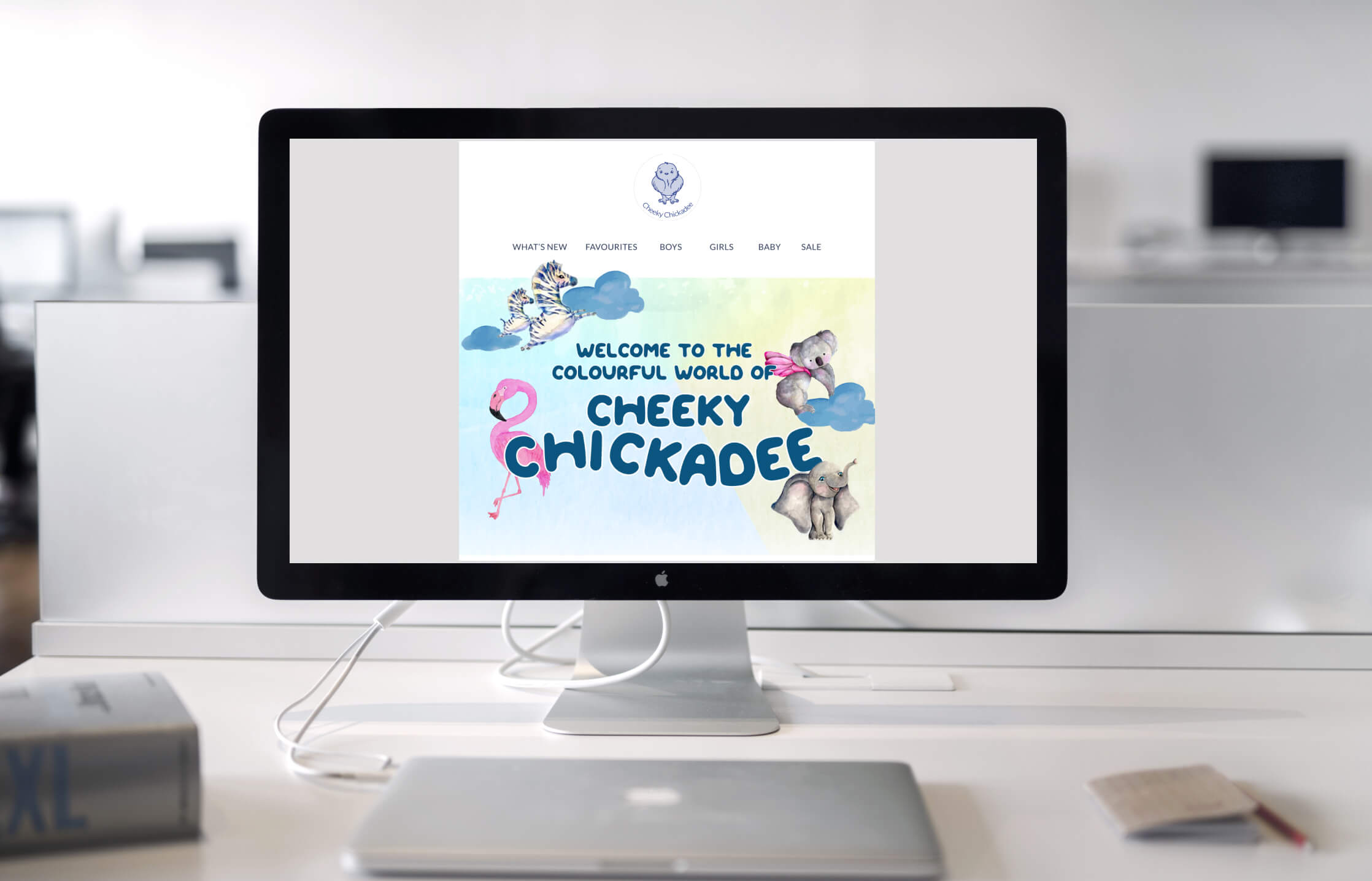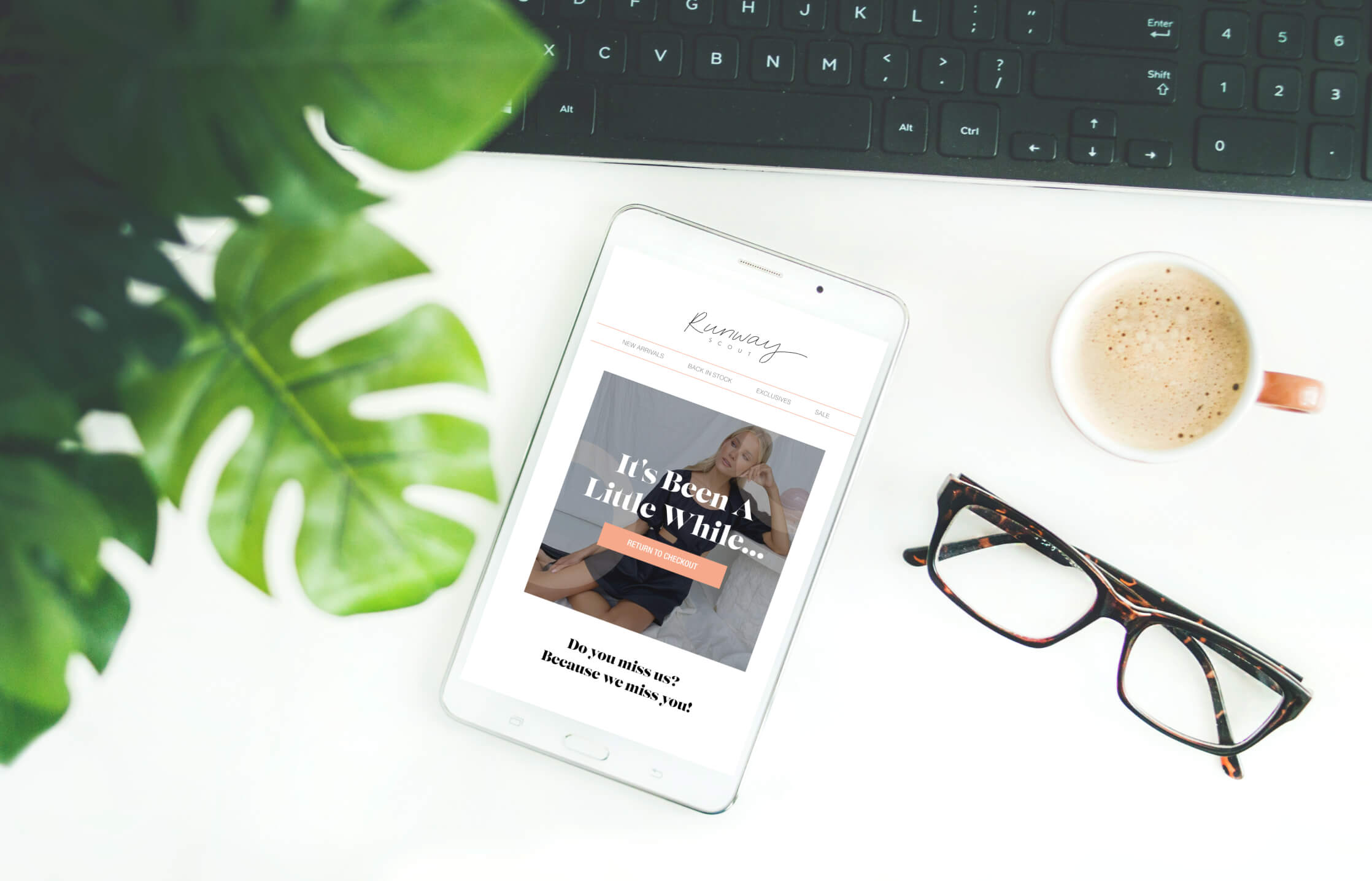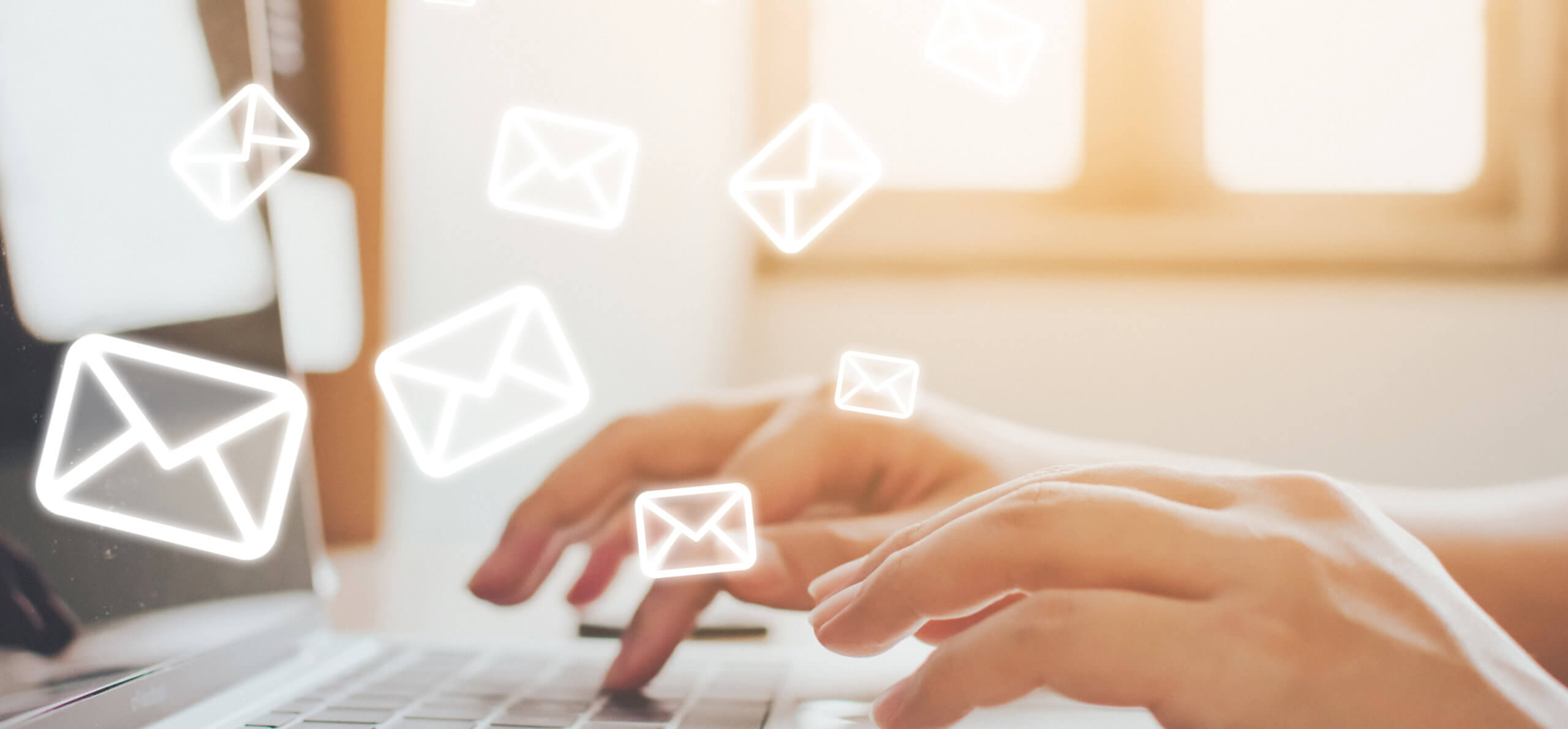As niche specialists in the field of customer journey marketing, we figured it was time we address a common question… Which is, ‘what exactly is the customer journey?’ And we get it! The customer journey is a huge process with many factors at play, so narrowing it down can be difficult.
In a nutshell, the customer journey is the total collection of experiences customers have with your brand. This includes the first time they come across your brand, the first time they make a purchase, right through to the time they eventually stop engaging (and everything in between). Understanding the importance of the customer journey is integral to the long term success of your eCommerce store.
The hallmark of a great customer journey is when you have customers that consistently come back and engage with your brand, make repeat purchases, and refer your brand to people they know. When a customer doesn’t have such a great experience with your brand, particularly at the start of the funnel, they won’t do any of these things. They might even go out of their way to dissuade people from shopping with your brand — and you definitely don’t want that!
Of course, the customer journey goes beyond email marketing. From targeted ads, social posts, package inserts, remarketing, Messenger marketing… The list of touchpoints goes on. But for the purpose of this blog, we’ll focus on the customer journey in email marketing, specifically.
1. Build strategic data capture points
Let’s start at the beginning — aka a very good place to start. However your potential customer finds out about your brand (whether it’s through a suggested post on Instagram, or via a friend) they will end up on your website.
The first step in the email marketing process for the customer journey automation is to capture the customer’s data. This is generally done through offering an incentive in exchange for your site visitor’s name, email, and any other relevant details you want to collect. To do this, we recommend implementing a series of data capture forms. This can include a simple form that’s embedded in the footer of your website, new visitor pop-ups, returning visitor pop-ups, or an exit intent pop-up.
Now, I think we can all agree that being hit with a pop-up the moment you land on a website is less than ideal. So, keeping the customer experience front of mind, this is where a well thought out data capture strategy comes into play. It’s important to set up targeting rules so that customers are shown the right forms at the right time (and not hit with 3 forms in the same session). Using a platform like Justuno will help you to set up effective rules to target customers.
If you’re marketing through other channels, such as Messenger or SMS, you may want to consider adding the opt-ins for these to your data capture forms. Either on a separate screen, or using the widget (if the integration permits). This streamlines the customer experience by having the opt-ins all in one place.
2. Create a segmented Nurture Series to welcome new shoppers

Once a customer has entered their details to sign up via your data capture form, it’s time to start sending them emails. A Nurture Series (also known as a Welcome Series), is the next touchpoint in the customer journey automation for email marketing.
The Nurture Series is designed to give you the opportunity to introduce your brand, and nurture a new customer into making their first purchase. A Nurture Series is a vital part of the customer journey and you need to get your point across while you’ve peaked your customer’s interest.
A Nurture series should go beyond one simple welcome email. The reason being, you don’t want to hit people with a tonne of information all at once. For example, don’t overwhelm your prospect with all of the below all in the same email:
- Customer welcome
- Brand story
- Most popular items
- Customer reviews
- Social accounts and what gets posted
- Private Facebook group
- Customer service details
- Loyalty program details
- An invitation to read your blog
While all of this information is important to your brand — you need to consider the customer experience as a whole. Statistically speaking, the first email of a Nurture Series is likely to drive the highest conversion rate. However for some customers, warming up to their first purchase will take a little longer. So, spread this information throughout your Nurture Series, and work on building a relationship with your customers.
3. Use your Post Purchase series to delight and engage customers
So, your customer has made their first purchase — congratulations! The email automation journey ends here and you can just focus on sending out your regular email campaigns, right? Wrong! We’ve only covered the tip of the email automation iceberg.
The customer journey continues until the time a customer stops engaging with your brand (meaning they stop opening emails, liking your social content, and making purchases). So, our goal is to make their experience a good one, and increase their lifetime value (LTV) in the process.
The next email automation we recommend in the customer journey is a Post Purchase series. Like the name suggests, customers enter this flow after making a purchase. This series should start off by thanking the customer for their order. For smaller businesses, it can be really beneficial to include messaging that tells customers just how much their purchase means to them. This lets the customer know that there’s actual people behind the business — and not just some money making machine.
Your Post Purchase series can be set up to separate first time customers from repeat customers, with messaging tailored to each audience type. This can also be used as an opportunity to encourage customers to make their next purchase. A higher incentive could be offered to customers who have made one purchase only, rather than offering new and repeat customers the same discount. This is so customers aren’t trained to expect the same discount every time they shop (or a discount at all).
4. Set up a dedicated review flow
Once a customer has engaged with your brand and made a purchase, this is a good opportunity to ask them for their feedback. This not only makes your customer feel like you care, but helps you to generate all important reviews and UGC.
Asking customers to review their purchase and overall experience with your brand can be done a few different ways. For eCommerce stores that use review platforms such as Okendo, a specific review series can be set up. For example, with Okendo, review automations can be triggered using the metric ‘eligible for Okendo review’. This means that customers will only enter the flow when they qualify — meaning they’ve received their order and haven’t left a review yet.
Reviews can also be requested within a Post Purchase series, however you will need to segment customers to ensure you’re not requesting their feedback when they’ve already given it. The copy in the email should work on building your relationship with the customer. This could mean letting them know how much you’d love to hear from them, and that you read every single review.
To encourage reviews and thank customers for their feedback, offering a reward can be a good incentive. If you’ve got a loyalty program, we recommend segmenting your audience to offer the right incentives. You can check out our Okendo case study with World Fitness Australia here which goes over this topic.
The way you handle feedback is vital to the customer experience. If a customer leaves a not-so-nice review, you don’t want to send them an automated email that says ‘amazing work, we love to hear it!’ Consider segmenting your audience based on review type and adjusting the tone of your copy to suit.
5. Use a Loyalty Program flow to drive up CLV
Now, a Loyalty Program isn’t necessarily ‘step 5’ in the email marketing customer journey, but it sure plays an important role. Loyalty programs are a great way to reward customers for their engagement with your brand, and of course, their purchases. They encourage customers to come back to your store, and to introduce your brand to their friends.
Loyalty programs are a journey within themselves — particularly when the program has VIP tiers. The beauty of a loyalty program is that each customer can have a different experience. Customers create their own discounts by completing loyalty actions — which go beyond simply making a purchase.
While some customers will see your loyalty program on your website and sign up of their own accord, others will require more prompting. Intertwining your loyalty program within existing automations means that customers will be shown content that’s relevant to them and their journey. For example, including a conditionally coded dynamic block that shows the loyalty member’s points balance. Or, for non-loyalty members, showing a block or a separate email that prompts them to sign up.
Go a step further by creating specific loyalty automations that encourage engagement with the program. This could include setting up flows when customers reach a new tier, when they’ve earned a reward, or a reminder that they’ve got points waiting to be spent on an order.
It’s a good idea for loyalty programs to have an expiry time on points — something like 12 months. This means that once a customer has reached a new tier, they need to keep up their current spending habits to stay in that tier and keep receiving the same benefits. Or, they need to increase their yearly spend to progress to the next tier. This tactic helps to keep customers engaged.
6. Re-engage past customers with a Lapsed Customer series

So, your customer has been around for a while, and their engagement has dropped. It happens — not all customers can be top tier VIPs (or stay there forever). This is where a Lapsed Customer Series comes into play. Also known as a ‘Win-Back Flow’, a Lapsed Customer series aims to bring disengaged customers back into the fold.
This type of series is specifically directed at customers who are at risk of nearing the end of their journey with your brand. Our aim is to increase their lifetime value (LTV) by reminding them of why they engaged with your brand in the first place, and encouraging them to make a purchase.
This can be done using a series of tactics including:
- Emotive copy that speaks directly to the customer
- A plain text email written from the store owner
- A summary of exciting things the customer may have missed (e.g. a new collection or collaboration, a new blog post, or a community initiative)
- Incentives to purchase (e.g. a discount or gift with purchase)
As customers in this segment are likely to have stopped opening your emails as frequently as they used to, an attention grabbing subject line is vital.
In conclusion
To sum it up, the customer journey is completely in your control. There’s many roads you can take to create a memorable experience and extend the amount of time a customer stays loyal to your brand. Having strategic email automations in place will help to create a personalized experience for each customer.
Kick off your customer journey strategy in email marketing with a data capture series, focus on building a relationship with your customer, and continue to offer personalized content. The customer journey goes beyond the email automations we’ve listed (an Abandoned Cart series for one) however these automations are key touchpoints.
The goal is to keep pushing the ‘finish line’ further and further into the distance. Give your customers an experience that keeps them coming back to engage with your brand and continue making purchases into the future.
Ready to enhance your customer journey?
Well, you’ve certainly come to the right place. Get in contact with our team here to discuss the best options for your business. We create tailored solutions for every client and also offer an obligation-free audit to get you started!

